What's a Moodboard?
And how to use them to clarify, communicate, and elevate your creative process
I reached 100+ followers over the past week and I just wanted to say thank you for the support! My hope is that this can be a creative safe space for you. I can’t wait to share more musings soon!
Now, onto the main course of the week… let’s talk moodboards! My not-so-secret superpower when it comes to kicking off a project and creating a visual compass to reference throughout the entire creative process.
In case you’re not sure what a moodboard is, here’s what they do:
Visual compass that gives the client a taste of the opportunities to come
First look into your initial thoughts
Great way to hone in on a direction before creating concepts
Organize the inspiration for a project
Keep the style and aesthetic consistent and on track with the goals and expectations
There are many different things that can go into a moodboard. I personally like to think of it like a kitchen table—a place to catch all ideas and bring them together to create a cohesive vision for the project. You can include branding elements, color palette exploration, typography, illustration styles, photography direction, inspiration, notes, thoughts, ideas, and even more abstract pieces that convey emotion, set a mood, or demonstrate a concept.
Starting with a moodboard rather than jumping straight into a project is a great way to sift through ideas and potential directions before investing time in concepts that might not work. It’s also a great way to visualize your ideas for a client!
Some of my favorite places to find inspiration and pieces to include in a moodboard are:
Google - Sounds simple, but just Googling the client, words they used during the kickoff call to describe their business or project, past campaigns, etc., can be super helpful when getting started.
Past client materials / campaigns - This goes along with the point above, but sometimes you can also find campaigns on Pinterest, deep in their website, or in old articles written about them.
Unsplash - A great place to find visuals. I especially love the photography on here (though I admit some of it can be a little overused).
Behance - I love looking at other designers’ work here. It’s also fun to search big brand names and see what people have created for them.
Dribbble - I use this similarly to Behance!
Getty Images - A fun way to find photography (though it can be a bit pricey).
Pinterest - I feel like everyone knows and loves Pinterest by now. (Pinterest haters are not welcome here lol)
It’s Nice That - A great place to find articles that showcase and celebrate creativity across art, design, photography, illustration, film, and more—especially at the intersection of culture and design. I love seeing the creative spotlights on here, and I’m obsessed with Elizabeth Goodspeed’s column.
Creative Boom - An online magazine and hub where creatives can find support, inspiration, and practical advice to build fulfilling, sustainable careers. I love their roundup emails!
Are.na - An online platform to save, organize, and collaborate on content—images, text, links, files. It’s really fun to get lost in a rabbit hole on here.
Creative Market - An online marketplace for user-generated design assets. I love downloading their weekly free assets and searching random keywords for inspiration. I’ve found some real gems.
Public Domain Image Archive - A curated collection of over 10,000 historical images, free to explore and reuse. A really fun way to get lost and spark new ideas.
Coolors - A great tool for generating color palettes!
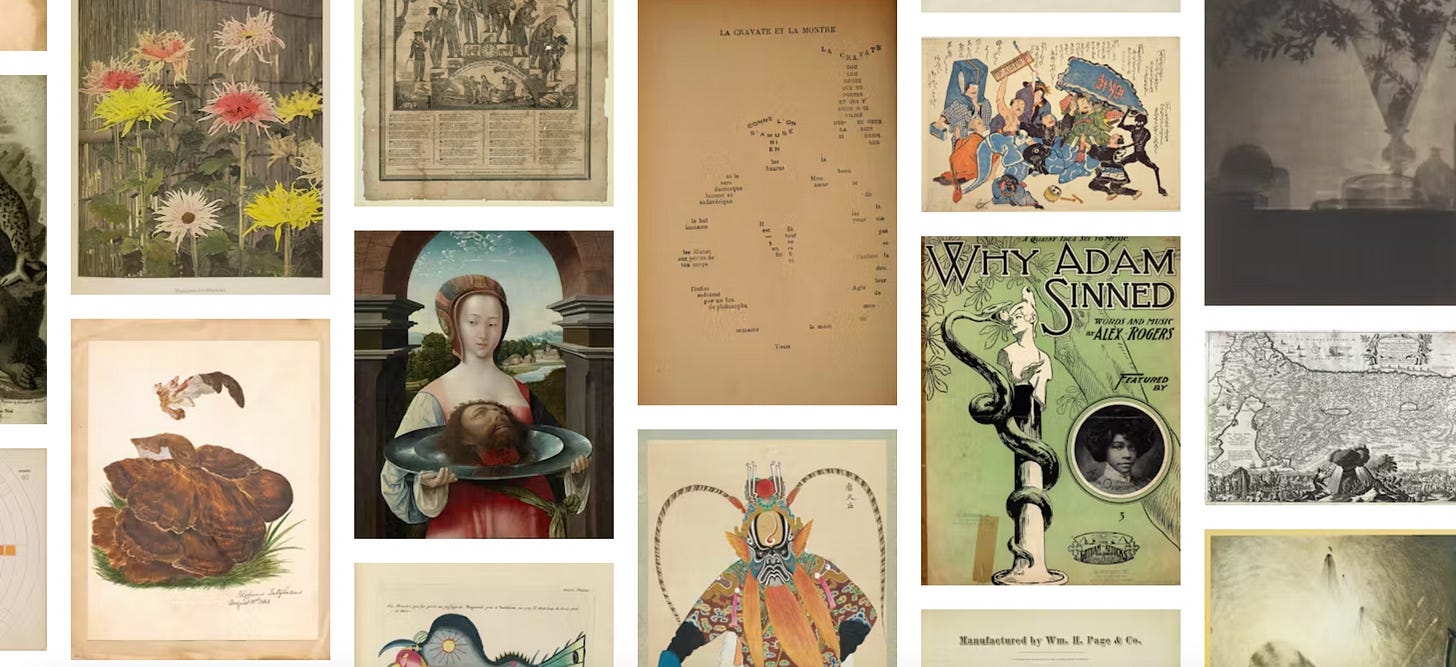
Moodboard examples from my archive
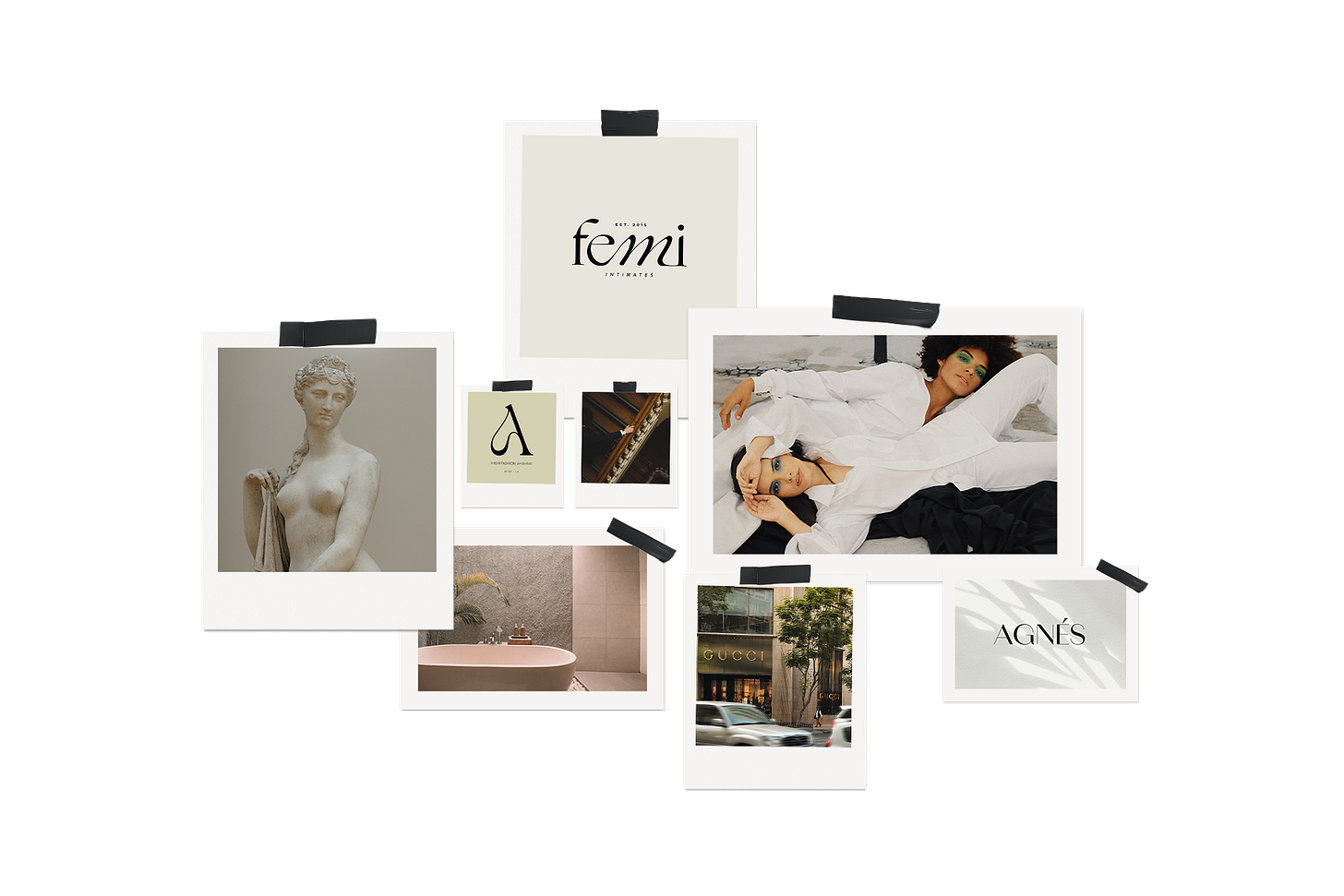
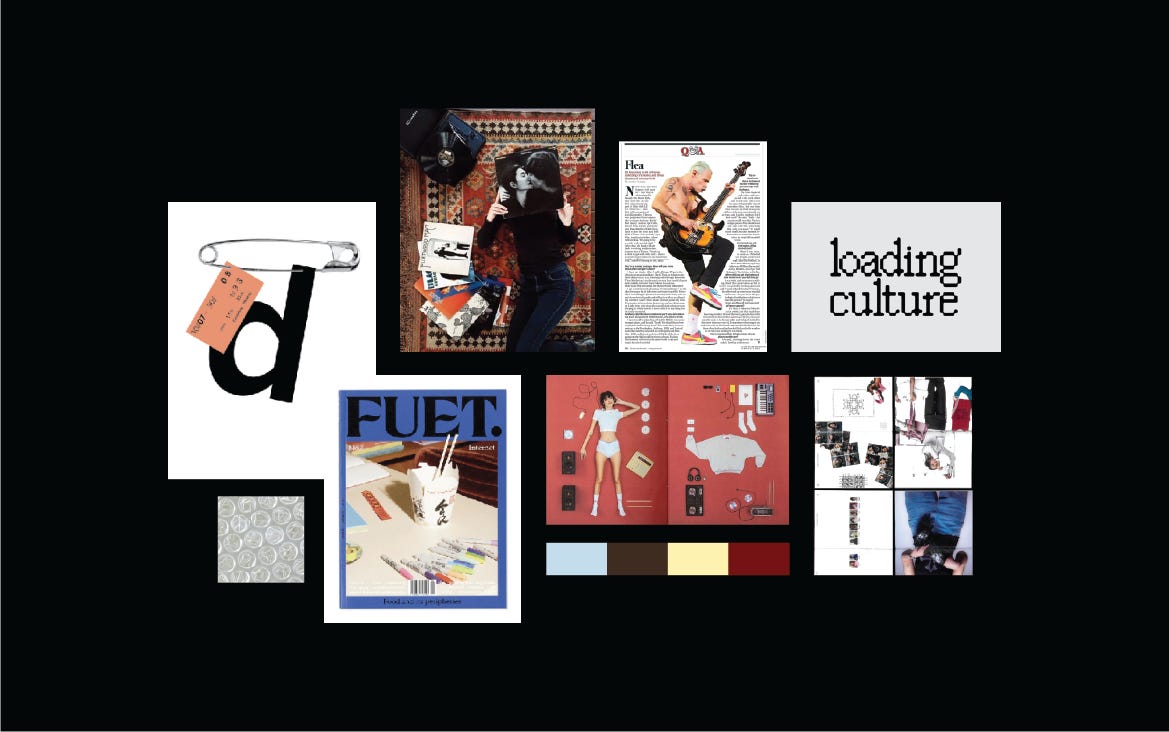
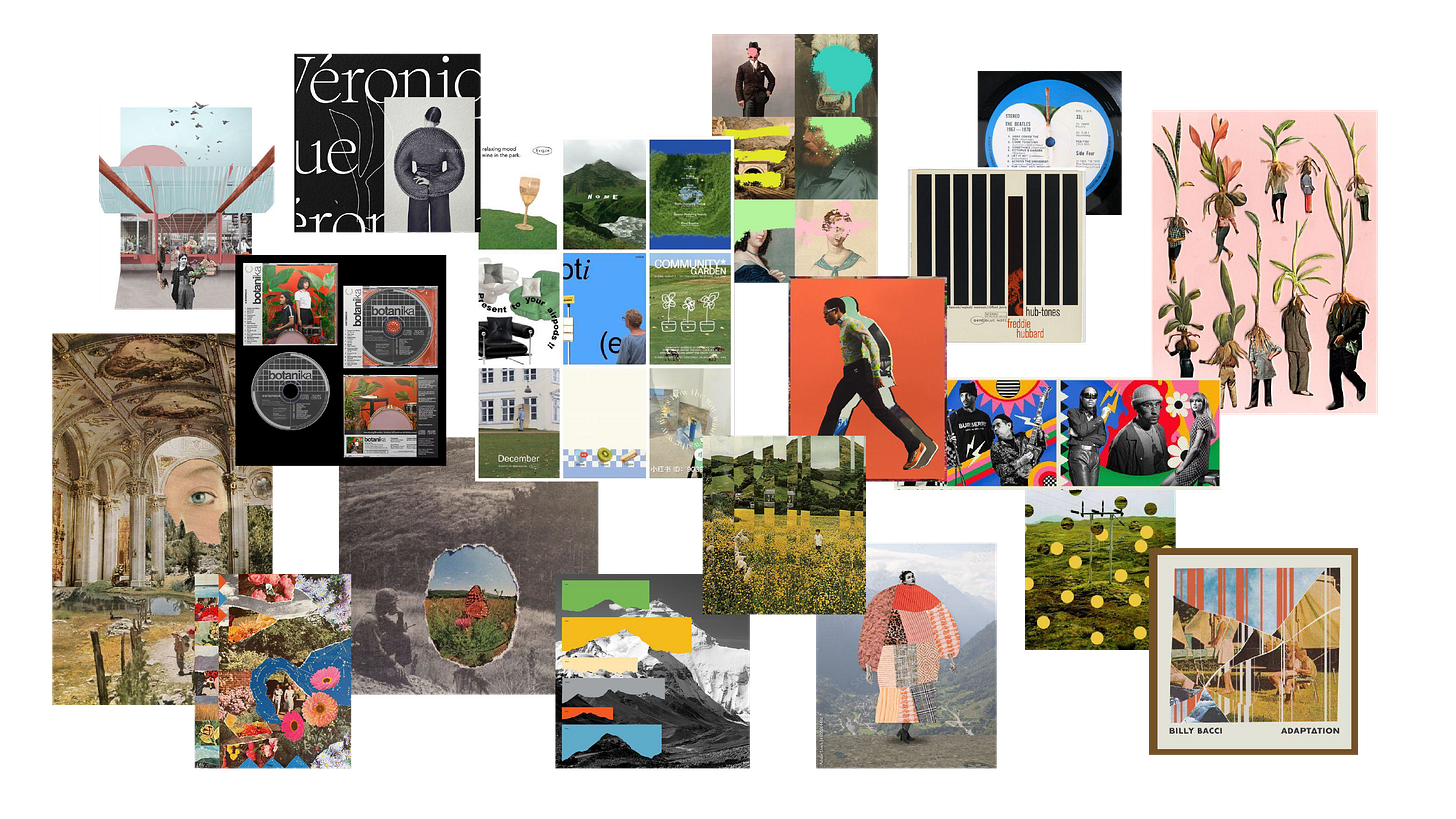
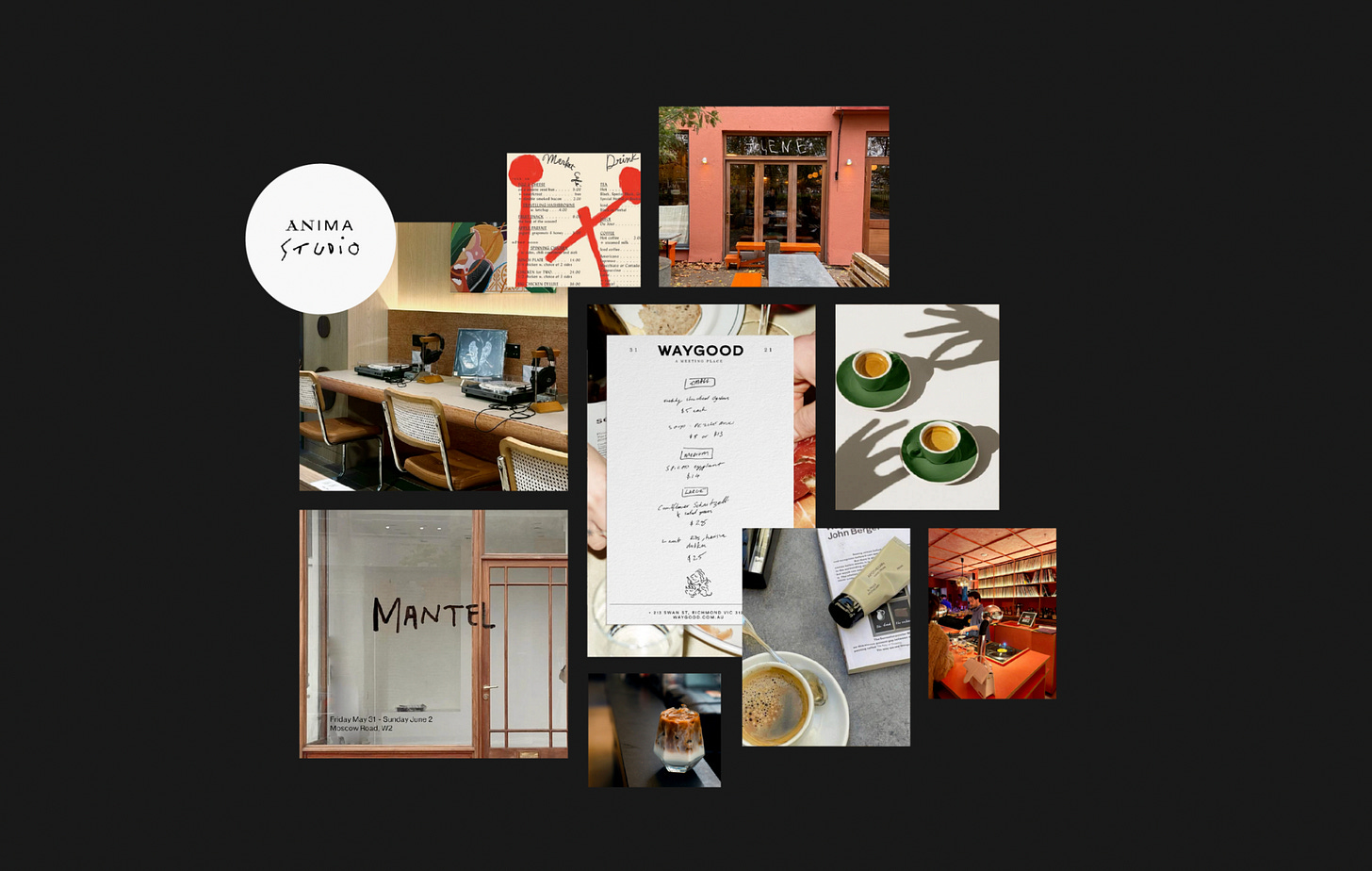
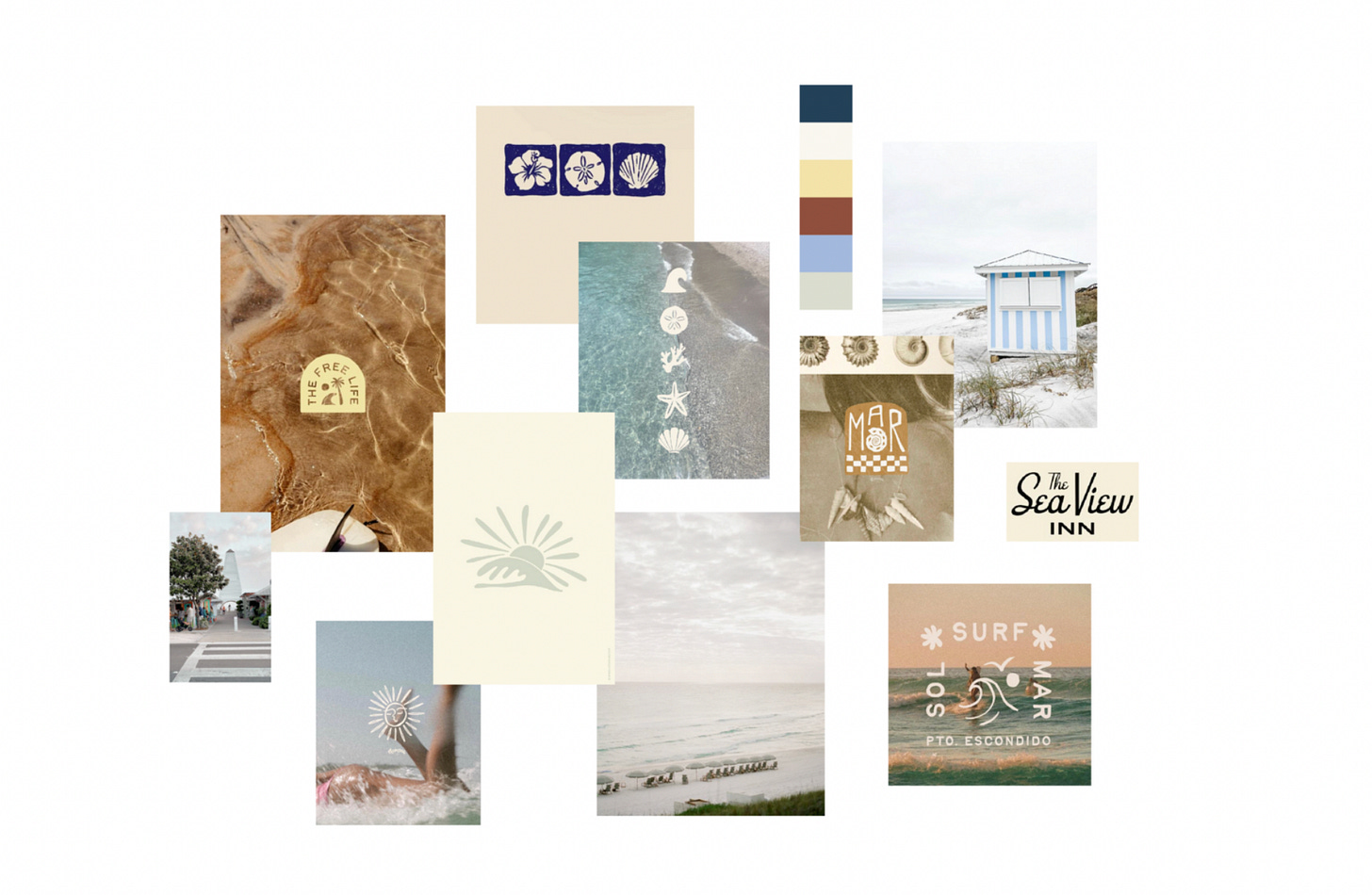
Extra tips and tricks
Adjust photo settings so that everything feels cohesive
Feel free to have fun with it and explore layout options
Put together a few keywords for each moodboard to give the client a sense of what you’re going for
A moodboard is all about exploration and should be ever-evolving throughout the creative process
Remain open to inspiration, wherever you are
The Bottom Line on Moodboards
They clarify the vision by translating abstract ideas into a visual language.
They help keep the creative direction focused and act as a visual compass that brings everyone back to the same starting point.
They’re great for getting client or collaborator buy-in early on, which helps get everyone on the same page before time and energy go into execution.
They serve as a curated collection of images, typography, color, and texture that can generate ideas and push your creativity forward throughout the process.
My favorite: if you’re debating between two directions, a moodboard can help you visualize each one fully so you can get a real feel for them as a whole. It gives you (and the client or collaborator) a clearer window into the idea.
THE MOODBOARD ⬇
I’m considering turning the moodboard section of these posts into its own post twice a month to streamline it… thoughts?
This article by It’s Nice That gave me a nice laugh as I recalled my own work horror stories… Like saying “I love you” at the end of a client call. 💀
A fun read from a fellow Substack writer, Maureen of The Cursor, especially for those who feel their creativity is constrained by business goals and client expectations. As a creative on my own journey to heal my inner creative child, I loved the section on "The Joy of Making." I’m all about passion projects and will continue to advocate for their importance! This was a great reminder of why they matter.
A little update on my side venture: my knitting/crochet journey has been going well! I’m currently working on a striped sweater and have already completed my crocheted basket. But I’m itching to try double knitting on a sweater... I guess I should probably finish one first though, lol!
Until next time,
Bailey












Awesome. I find it useful to have what I call a "taste folder" where I place any art or writing that really resonated. Then, when I'm starting a new project, I can use that folder for inspiration for a moodboard.
As a business person I never knew what this was or how the creatives started. Common phrases from me “what’s that?” “What’s the point of that” this break down is super helpful for us analytical thinkers.